Edison, N.J.—After a fascinating golf season—full of evolving storylines—the final big push commences this Thursday with the start of the FedEx Playoffs. A field of 125 players will compete at The Barclays which serves as the opening trio of events leading to the grand finale—The Tour Championship at East Lake GC in Atlanta for the FedEx Cup in late September.
For the second time in four years, the Donald Ross design at Plainfield Country Club in the Garden State will serve as host. Unlike so many other courses played now on the PGA Tour that have been specifically created for hosting major golf events, Plainfield CC is one of the few classic-designed layouts—a throwback to a time when American golf came of age, with Ross being one of the lead architects.
The majestic nature of Plainfield reveals itself quite quickly. The grounds are rolling—not unduly hilly but far from being flat. The holes glide naturally with a routing that deposits players as they finish one hole to arrive at the next tee. Spectators coming to Plainfield will not have the spacious grounds provided for at Augusta National or two of the other majors played in America this year—Chambers Bay and Whistling Straits. In fact, the word “snug” is likely the most apt word one can likely attribute to the amount of available space one will face when coming to the event.
Plainfield is nestled in a bucolic neighborhood. Homes of different sizes engulf the property but never to the point of eyeball intrusion. Founded in 1890 as the Hillside Tennis Club, the main course was designed by Ross in 1916 but was not totally completed until five years later in 1921 because of World War I. This year marks the club’s 125th anniversary and the club has been an active participant within golf locally, serving as a founding member of both the Metropolitan Golf Association (MGA) in 1897 and to the New Jersey State Golf Association in 1900. Amazingly, a major element of American history happened at the course site when on June 26, 1777, the Battle of Short Hills was fought here and was the first battle after the United States adopted the Stars and Stripes as its official flag.
The Ross design has been altered somewhat since its earliest days. The original 17th and 18th holes were eventually eliminated in the 1930s for the creation of an expansive practice range area—which for The Barclays will be a VIP parking area and support tents tied to the event. In order to make up for the lost holes, three holes were created known as “the tunnel”—located in the far corner of the property. Ross was involved by converting two of the previous holes into what is now one of America’s premier par-5 holes—the 12th. The Scotsman also designed the aforementioned three holes, which were later reshaped by American architect Geoffrey Cornish in the 1960s.
Unfortunately, the nature of the pure Ross contribution and the new holes are a bit at odds with one another as the new holes are on the flattish piece of property and do not possess the striking movement of terrain seen on the other 15 holes of the course. The strength of Plainfield centers on the Ross putting surfaces—many of which are fiendish for the array of vexing twists and turns they provide. At the opening hole, players will encounter a large green that falls abruptly from back to front—side-hill putts featuring massive breaks are common.
Ross smartly provided for putting surfaces that change from hole-to-hole. At the long par-4 seventh, the green falls away from approach shots played into it. At the short par-3 11th, the putting surface sits high on a knob with only the tiniest of landing areas for the short clubs played. The closing hole also provides for a devilish green that invites a quick three-putt. The hole is also flexible enough for tour officials to use a forward tee position providing for a drive-able par-4 on one or two days of the event—only adding even more to the mental challenges for competitors to ponder.
Since 1999, Plainfield has undergone an extensive restoration program under the direction of architect Gil Hanse—the man responsible for the golf course design for the 2016 Summer Olympics in Rio de Janeiro. Hanse brought forward a plan removing over 2,000 trees, which only served to block playing angles and has allowed a good deal more sunlight to shine brightly on areas where exposure was often times fairly limited. Greens on 16 of the holes were expanded—creating more pin locations. In addition, 12 new tee areas were added to deal with advances in club and ball technology—as well as the the rediscovery of lost bunkers covered over in years past.
Plainfield CC harkens back to the classic period of American golf course development in the 1920s. Thankfully, such venues—as well as the likes of Ridgewood CC in nearby Paramus and at Bethpage State Park in Long Island, New York, with its renowned Black Course—are part of the rota of courses used for The Barclays. Plainfield may not exactly be golf’s equivalent to baseball’s Fenway or Wrigley Parks, but it does provide a refreshing change of venue from the larger than life scaled properties that have become de rigueur for PGA Tour events.
Fans coming to Plainfield will no doubt be crunched together like FedEx packages—no pun intended—but the closeness of the holes and the limited number of players (125 players total) will allow for a closeness to the golf action. The homestretch of events is about to begin—credit the PGA Tour in providing a concluding run of events that showcase the skills of the elite players and, at the same time, still preserving a spot on the roster for classic designed venues—such as Plainfield CC—to still be part of the golfing scene.
M. James Ward, a member of Golf Writer’s Association of America (GWAA) and past member of Met Golf Writer’s Association (MGWA), has reported on golf’s grandest events since 1980 in a variety of forums.
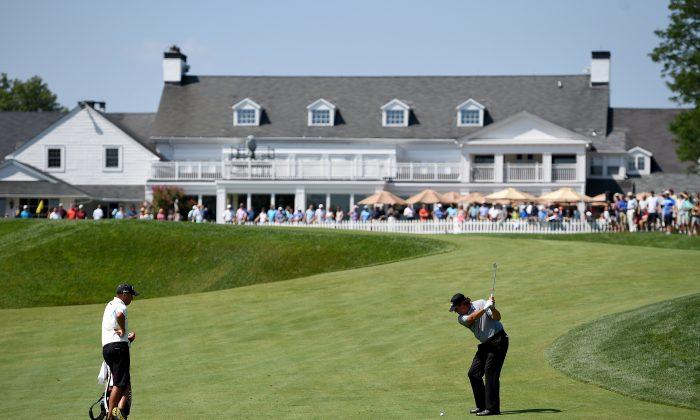
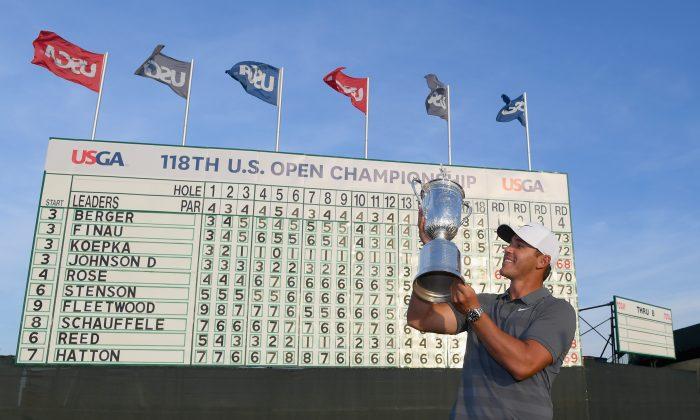
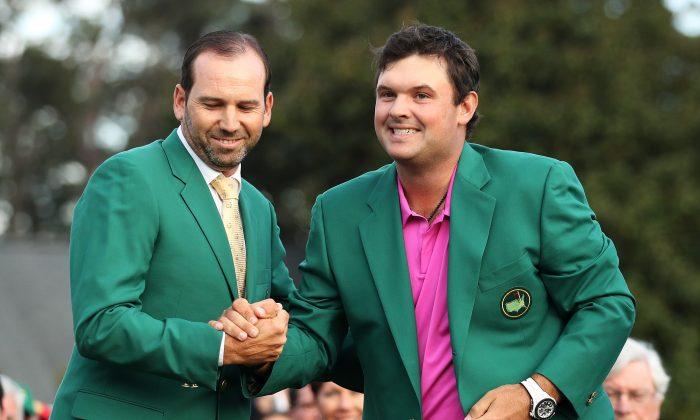
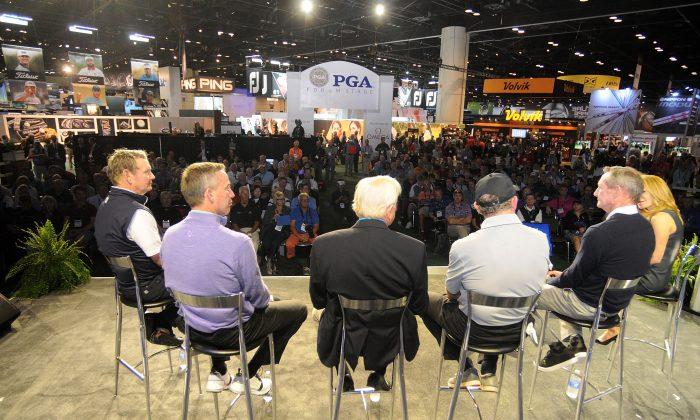
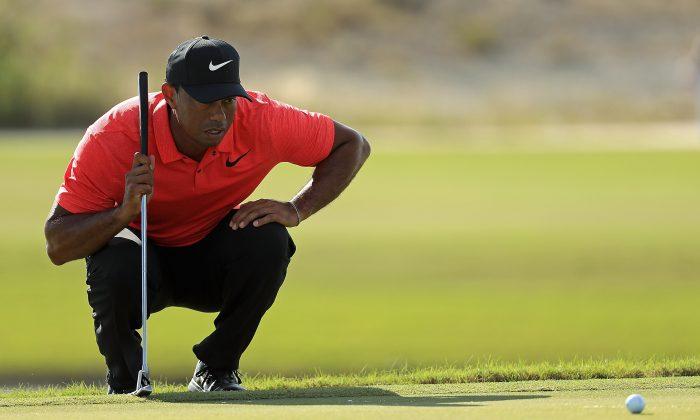
Friends Read Free